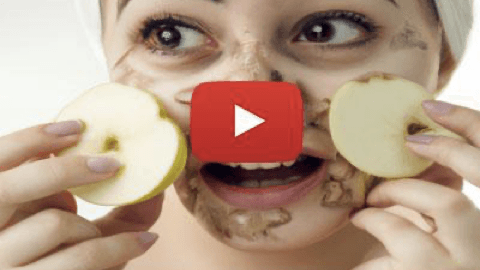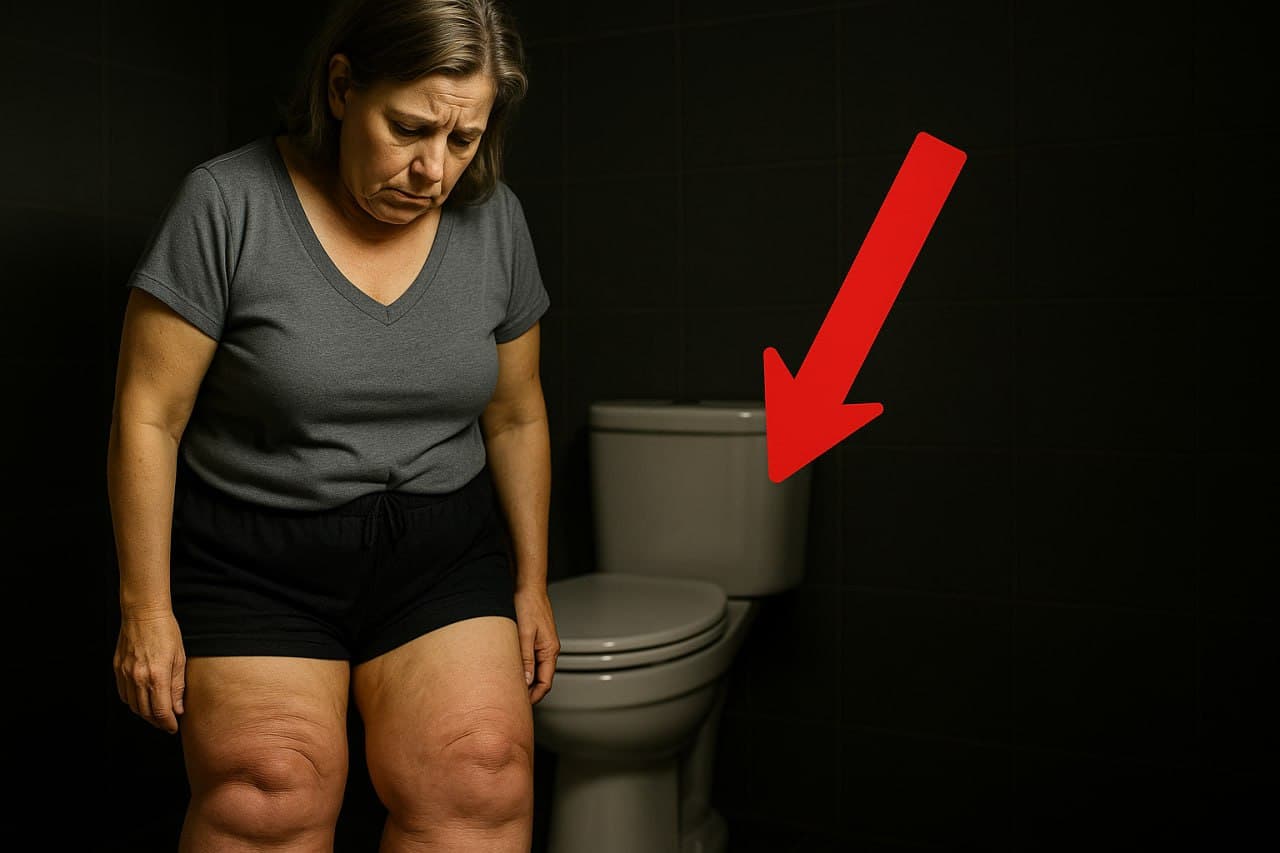A Potential Early Sign of Diabetes
Diabetic neuropathy is a condition that often goes undetected due to its insidious nature. It primarily affects the nerves responsible for sensation, resulting in a reduced ability to feel temperatures, such as heat or cold.
This numbness, or loss of touch, can surprisingly lead to dangerous situations. Imagine being unable to feel the burn from a hot surface or the chill of ice—it alters how people interact with their environment.
For those with diabetic neuropathy, the daily tasks we usually take for granted can become challenging. Simple actions requiring tactile feedback, like walking barefoot indoors or choosing appropriate clothing, can complicate life.
One primary recommendation for managing this disability effectively involves wearing appropriate clothing, such as
Additionally, maintaining unblemished skin on the feet is paramount. People should vigilantly avoid going barefoot and should always monitor for any cuts or open cracking which may otherwise go unnoticed until complications develop.
Most people rely solely on their doctor’s evaluation of their feet during scheduled medical visits. Typically, medical advice suggests a check-up every three to six months; however, this frequency is not sufficient for managing diabetic neuropathy effectively.
- Engage in daily foot inspections to monitor the skin condition.
- Seek medical advice more frequently if complications or concerns arise.
Consistency matters—checking one's own feet every day is essential to preventing exacerbations and ensuring early intervention if any issues are detected.
Taking these seemingly small actions can greatly assist in managing symptoms and preventing severe injury or worsening of the condition.
From Around The Web
Wellness Inbox is a blog & weekly newsletter that curates trending news and products related to health and wellness from around the web. We also gather content from various sources, including leading health professionals, and deliver it directly to you.
Please note that we may receive compensation if you purchase any products featured in our newsletter. Wellness Inbox is not affiliated with, nor does it endorse, any health professionals whose content may appear in our newsletter. The information provided is for general informational purposes only and should not be considered medical advice.
The information provided is not intended to replace professional medical advice, diagnosis, or treatment. All content, including text, graphics, images, and information available is for general informational purposes only. We do not guarantee the accuracy or completeness of any information presented and assume no liability for any errors or omissions. The content is subject to change without notice. We encourage you to verify any information with other reliable sources and consult your physician regarding any medical conditions or treatments.







